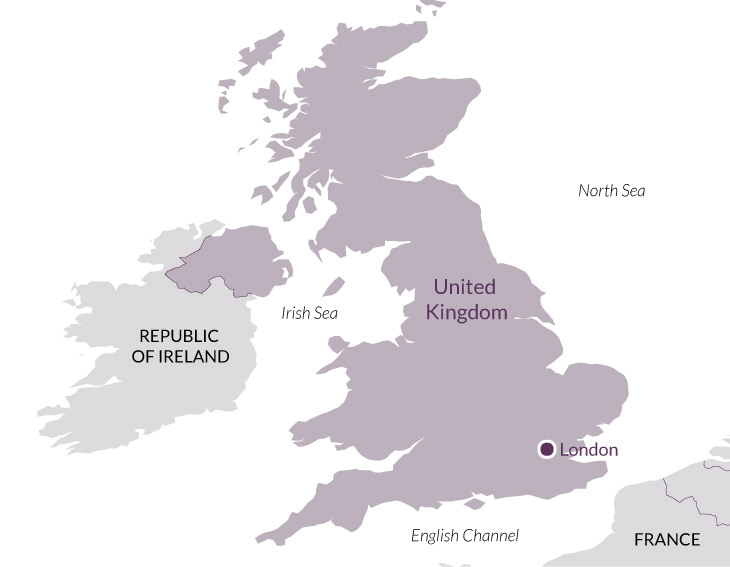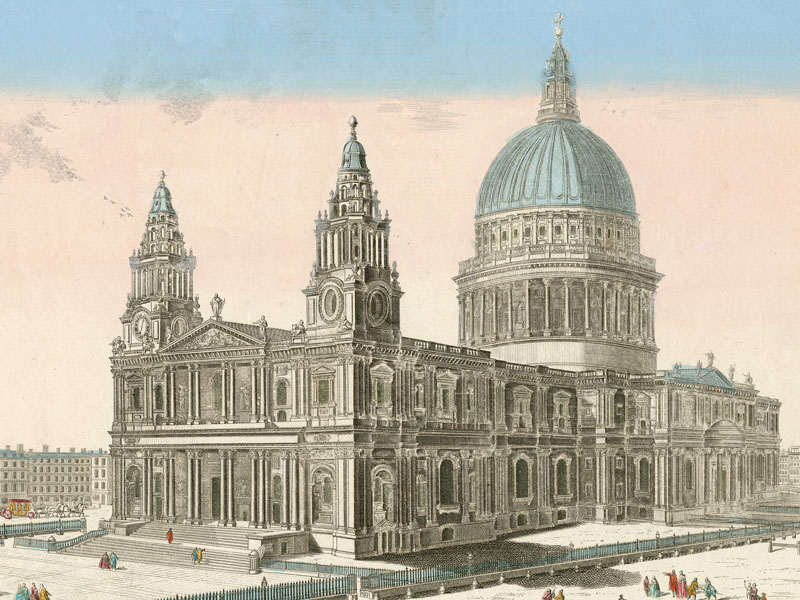Overview
England’s most famous architect? The answer is a resounding yes. Sir Christopher Wren is a name known to practically everyone, and internationally he is one of the few English creatives known to non-specialists. He died 300 years ago, aged 90, having served six monarchs as Surveyor General and after involvement in hundreds of construction projects and overall control of many of the finest buildings in England erected in the decades around 1700.
England’s greatest architect? We shall no doubt read that phrase without the question mark many times this year. Yet his progress towards mastery was fascinatingly tentative. He didn’t design a building until he was over 30, he received no formal training in the building arts, he saw only a narrow range of contemporary or historic buildings in mainland Europe and it took a couple of decades for his practical genius to be entirely rid of aesthetic infelicities. And debate still rages about the input of his assistants, among whom were such great names as Robert Hooke, Nicholas Hawksmoor and John Vanbrugh.
But confronted by his achievements, these are minor cavils. He was the designer and executant architect of St Paul’s Cathedral, unquestionably one of the outstanding buildings of the Early Modern age; designed or supervised the rebuilding of 55 parish churches in London; had a significant impact on the fabric of both Oxford and Cambridge; and created icons of England such as Chelsea Royal Hospital, the extension to Hampton Court Palace and the Royal Naval Hospital at Greenwich.
In addition, he was a leading light in the development of the empirical approach to the study of the natural world, rated by some the most brilliant member of the Royal Society, and appointed Professor of Astronomy at both Oxford and Gresham College London. Much of Wren’s activity as an architect can be understood in the light of his life as a scientist.
Day 1
Cambridge. You choose whether to leave from the hotel in St James’s at 10.50am (then by Jubilee Line to Stratford) or at 11.30am from Stratford Station in north-east London – which is on the Jubilee and Elizabeth Lines as well as the Overground, DLR and mainline services. Then by coach to Cambridge. Lunch. See Wren’s first building, Pembroke College Chapel (1663), and a range in Emmanuel College. Trinity College Library is one of the finest things in this most beautiful of cities. Drive back to St James’s and dinner.
Day 2
City of London. Wren’s level of involvement in the 52 parish churches rebuilt after the Great Fire of 1666 varied; a selection of the 24 survivals provides a fine variety of ingenuity and beauty. St Paul’s Cathedral was the outcome of nearly fifty years of thought and effort, its triumphant achievement the more remarkable because of the scepticism and hostility Wren faced throughout. But it became the greatest building of its time, a monument to the City and to Great Britain as much as a church.
Day 3
St James’s, Hampton Court, Chelsea. A special tour of Marlbourgh House (subject to confirmation), built for the victorious Duke, followed by St James’s Piccadilly, which Wren thought his best church. The Tudor palace at Hampton Court was transformed by Wren for William and Mary and Queen Anne. It is a wonderfully handsome design of brick and stone, highly influential in later periods, as was the Royal Hospital Chelsea, which is typically English in its reticent grandeur. Attend a concert here of music by Henry Purcell from 1692, the year the Hospital opened.
Day 4
Oxford. By coach to Oxford. The Sheldonian Theatre was the most challenging of Wren’s early projects, and still fulfils its original function for university ceremonies. It incorporates an innovatory design for a ceiling which was also a load-bearing floor of unprecedented width. See also a range in Trinity College and his completion of Tom Tower at Christ Church which completed the gateway begun under Cardinal Wolsey – an early case of the Gothic Revival.
Day 5
Greenwich. By river bus to Greenwich. Nothing of the Tudor palace survives, though the 17th-cent. parts were incorporated into Wren’s plans for the Royal Hospital for Seamen. ‘The most stately procession of buildings we possess’, ‘the finest piece of monumental classical architecture in England’ – such are the standard encomia about Wren’s creation, which served as both almshouse and expression of national pride. He also designed the nearby Royal Observatory. Lunch, then by river again to Westminster, finishing at the hotel by 4.00pm.
Price, per person
Two sharing: £2,310 Single occupancy: £2,910.
Included
Accommodation for four nights in London as described below; travel by private coach, Underground railway and river bus; breakfasts, two lunches and three dinners with wine, water, coffee; admission to sites and museums visited as a group, some by special arrangement; tickets for the commemorative concert; all tips; all taxes; the services of the speaker and tour manager.
Accommodation
Dukes Hotel, London: opened in 1908, Dukes London is a comfortable traditional-style hotel tucked between narrow streets in the St James’s area, only a few minutes from Green Park Station and 15 minutes to St James’s Park Station. Bedrooms are not large but they are comfortable and well-equipped. The common areas compact and charming, the restaurant good and the bar famous. Single rooms are doubles for sole use throughout.
Travelling
Private coaches are used for journeys outside London, most journeys within central London are by Underground railway, journeys to and from Greenwich are by scheduled river boat services.
How strenuous?
There is quite a lot of walking on the tour. You ought to be able to walk at about three miles an hour for up to half an hour, and to be able to walk at least three miles in a day. Travel by coach will be an average of 85 minutes a day.
Group size
Between 10 and 22 participants.

